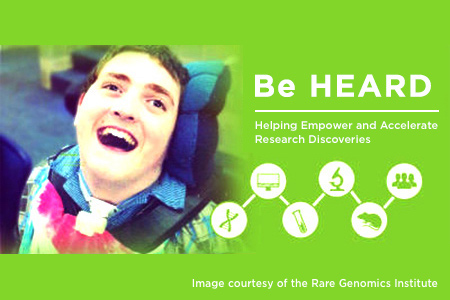Sanfilippo Syndrome

Currently, there is no FDA-approved treatment for this fatal disease.
Partnering to Model Rare Genetic Disorders
As with many genetic diseases, the path for a cure of Sanfilippo Syndrome starts with generating an appropriate animal model mimicking the human pathology. Out of the four types of Sanfilippo, type D is best positioned for an effective treatment; it is hypothesized that a small increase in GNS activity could dramatically improve patient's lives. Due to lack of federal funding–a limitation often plaguing rare genetic disease research programs–no mouse models for the GNS gene were available until very recently.In 2014, as a part of the Rare Genomics Institute's BeHEARD challenge, Taconic Biosciences awarded a technology grant to Jonah's Just Begun, a foundation dedicated to the search for a treatment of Sanfilippo Syndrome. This grant allowed the foundation to tap into Taconic's deep scientific expertise in custom model design and generation.
A knockout mouse lacking the exons 2-13 of the GNS gene was generated on a C57BL/6NTac background by Taconic and characterized by a scientific team led by Jodi Smith and Matthew Ellinwood of Iowa State University and Patricia Dickson of UCLA. Published in the February 2016 issue of Molecular Genetics and Metabolism1, the team confirmed the inherited recessive pattern and expected pathological phenotype of the GNS -/- model.
Preliminary data obtained using Taconic's GNS -/- mice have also been used to support a successful application for a NIH grant aimed at the development of experimental therapies for Sanfilippo D, therefore increasing the momentum for finding the cure for this crippling disease.
Taconic's Sanfilippo D mouse model is only one of the many examples of how animal models are essential to advance critical research aimed at treating clinical debilitating conditions. This pressing need for in vivo systems to develop effective therapeutic treatments is the reason behind Taconic's renewed commitment to the BeHEARD challenge and to the generation of relevant mouse models of rare genetic disorders.
















.jpg)

.jpg)
.jpg)
.jpg)
.jpg)





.jpg)


.jpg)
.jpg)




.jpg)




.jpg)

.jpg)




